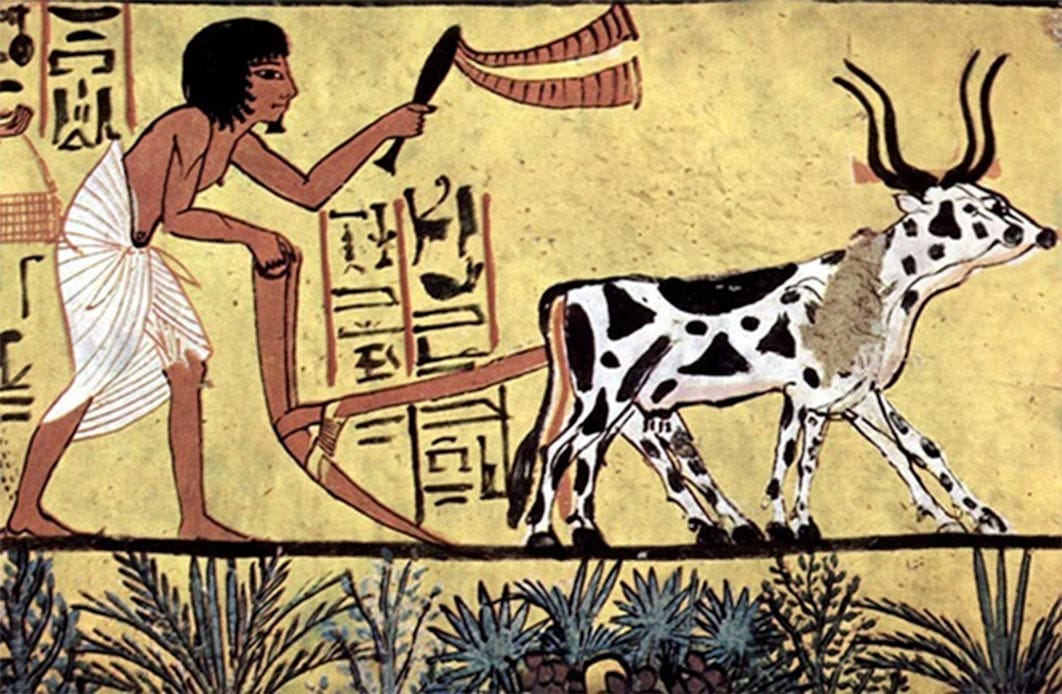Agriculture First Versus Göbekli Tepe: Prehistory Revisited

Discovering the origin of civilisation is the holy grail of anthropology and archaeology. Essentially, this means understanding how man transformed from un-civilised Palaeolithic hunter gatherers to civilised Neolithic specialists dependent on agriculture. It used to be thought that agriculture itself was the key to this transition, as it enabled larger communities to settle in one place and develop the specialities that signal the arrival of civilisation. No longer was the desperate search for food an all-consuming activity that forced people to continually migrate like animals. And since agriculture is thought to have developed first in a region of the Near East known as the Fertile Crescent, around 10,000 to 11,000 years ago, the Fertile Crescent, it was believed, must hold the key to the origin of civilisation.

Agriculture First vs The World’s First Temple?
But this ‘agriculture first’ model is challenged by Göbekli Tepe, the world’s first temple. Situated on top of a hill in southern Turkey at the heart of the Fertile Crescent, this ancient megalithic construction, many times the size of Stonehenge, and yet at least twice as old, has quickly become the most important archaeological site in the world. This is because it screams ‘civilisation’, and yet pre-dates the establishment of agriculture by thousands of years. Even more incredibly, its giant stone pillars are adorned with strange animal symbols which appear to communicate information – they seem to be an early form of proto-writing. Perhaps they can even reveal how civilisation began?


